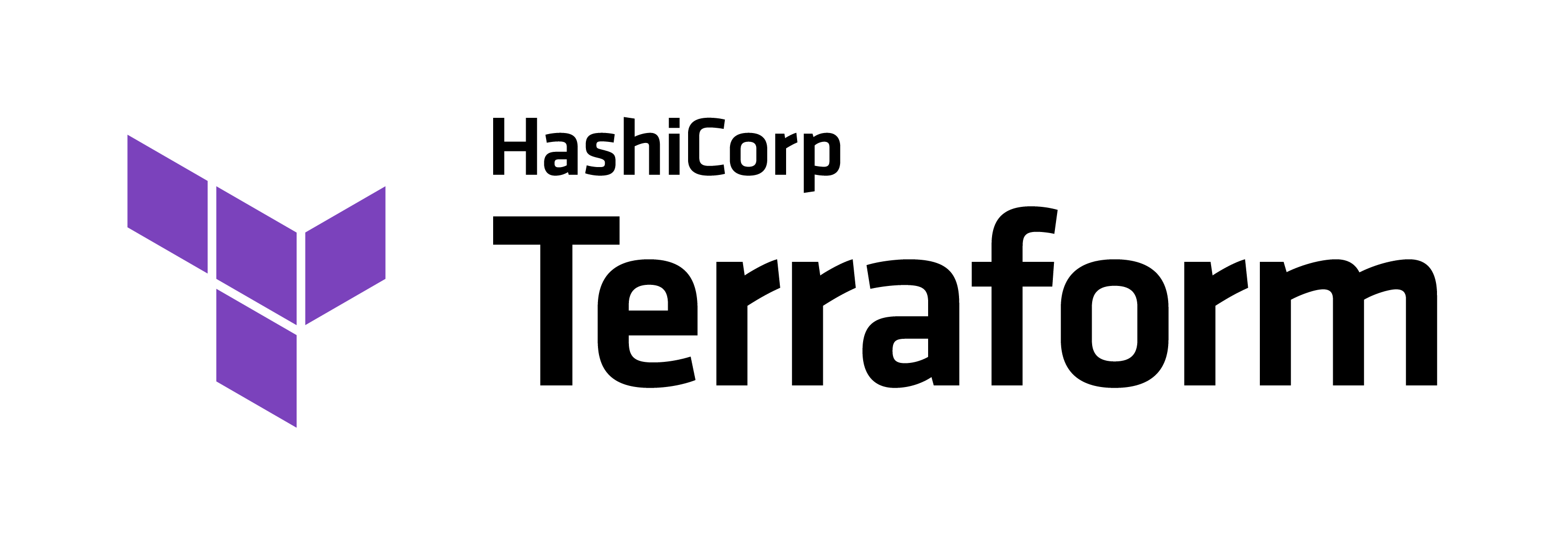The data landscape is moving fast right now, especially when you include AI/ML, and “Data Mesh” has emerged as an interesting concept, promising a revolutionary approach to how organizations manage and utilize their data. Amidst its surging popularity, there’s a burgeoning need for clarity on what Data Mesh truly embodies, its applicability, and the contexts in which it thrives or may not be the most suitable.
The Sakura team have worked with Data Mesh for a number of years now, and this guide seeks to demystify Data Mesh, offering insights into its principles, advantages, scenarios for use, and the tools and patterns that enable its implementation.
What is Data Mesh?
Data Mesh is a conceptual pattern for decentralized data management and governance, advocating for a paradigm shift from traditional centralized data management systems. It posits data as a product, with a strong emphasis on domain-oriented ownership, self-serve data infrastructure, and federated governance.
Four Principles
Data Mesh’s approach to data architecture and organizational design is underpinned by four core principles. Each principle addresses specific challenges in traditional data management and aims to foster a more agile, scalable, and efficient data ecosystem.
1. Domain-Oriented Decentralized Data Ownership and Architecture
This principle advocates for the distribution of data ownership and management responsibilities across different domains within an organization, rather than centralizing it within a single team or department. Domains are distinct areas of business or technology function with specific business logic and data needs. By aligning data ownership with domain expertise, organizations can ensure that data management practices are closely tied to the context and requirements of each domain.
Key aspects include:
Contextual Relevance: Data is managed by those who best understand its use and context, ensuring more relevant and actionable insights.
Increased Autonomy: Domain teams have the autonomy to innovate and respond quickly to changes in their specific area of the business, without being hindered by centralized decision-making.
Enhanced Collaboration: While ownership is decentralized, domains must collaborate to ensure data interoperability, fostering a culture of shared responsibility and mutual benefit.
2. Data as a Product
Treating data as a product means applying product management principles to data, including focusing on user needs, lifecycle management, and delivering value. Data products are self-contained datasets or data services designed to meet the needs of specific users or use cases.
Key aspects include:
User-Centric Design: Data products are designed with the end-user in mind, focusing on usability, accessibility, and relevance.
Quality and Reliability: Like any product, data products must be reliable, well-documented, and maintained to ensure they meet quality standards over time.
Value-Driven: The primary goal of a data product is to deliver value to its users, whether through insights, efficiency gains, or enabling new capabilities.
3. Self-Serve Data Infrastructure as a Platform
The principle of self-serve data infrastructure as a platform focuses on providing domain teams with the tools and capabilities to manage their data products independently. This infrastructure should be easy to use, scalable, and flexible, enabling teams to build, share, and consume data products without relying on central IT or data teams for everyday tasks.
Key aspects include:
Empowerment: Teams are empowered with the ability to provision, manage, and decommission data resources as needed, fostering a sense of ownership and responsibility.
Automation and Scalability: The platform should automate common tasks and scale to meet the demands of different domains, supporting a wide range of data workloads and use cases.
Accessibility and Interoperability: Ensuring that data products are easily accessible to authorized users and compatible with other data products and systems within the organization.
4. Federated Computational Governance
Federated computational governance combines the flexibility of decentralized management with the need for overarching standards and policies to ensure data interoperability, security, and compliance. This governance model allows for localized decision-making within domains while enforcing common rules and standards across the organization.
Key aspects include:
Standards and Policies: Establishing organization-wide data standards, policies, and best practices to ensure data quality, security, and legal compliance.
Cross-Domain Collaboration: Facilitating collaboration and knowledge sharing across domains to harmonize data management practices and avoid data silos.
Technology-Enabled Compliance: Leveraging technology to automate governance processes, such as data cataloging, lineage tracking, and policy enforcement, ensuring governance is scalable and efficient.
What Data Mesh Isn’t
Data Mesh is a shift in data architecture and organizational culture. It’s not designed for scenarios where consolidating control over data in a single team is preferred or for small-scale data operations. Crucially, Data Mesh’s effectiveness is contingent upon the maturity, scale, and complexity of the organization.
When to Use Data Mesh
Suitable Scenarios:
Large, Complex Organizations: Beneficial where data sprawls across numerous business domains.
Need for Domain-Specific Data Products: Ideal when various organizational segments require the autonomy to create and manage tailored data.
Enhancing Agility and Innovation: Suitable for organizations aiming to mitigate data access bottlenecks and expedite decision-making.
Unsuitable Scenarios:
Small to Medium Enterprises: The overhead of decentralizing data management may not be justified.
Lack of Organizational Maturity: Not suitable for organizations with underdeveloped cultures of collaboration and autonomy.
Centralized Data Management Sufficiency: In scenarios where data needs are uniform and can be effectively managed by a centralized team.
Tools, Patterns, and Architectures
The adoption of Data Mesh architecture requires a robust toolkit that spans various aspects of data management, from discovery and governance to infrastructure and real-time data processing.
Below as some example tools, patterns, and architectures that facilitate the realization of a Data Mesh, and how each category supports the core principles of this approach.
There are plenty of tooling options and the Sakura team can help you choose the right stack for your organization.
Data Catalogs and Discovery
In a Data Mesh, where data is decentralized and distributed across various domains, the ability to discover and understand data products becomes critical. Data catalogs and discovery tools play a pivotal role in this context by providing mechanisms to index, search, and document data assets. These tools help users navigate the complex data landscape, ensuring data products are easily discoverable, well-understood, and trusted.
Amundsen: An open-source data discovery and metadata platform, Amundsen helps users find, understand, and trust the data they use. It’s designed to improve the productivity of data analysts, data scientists, and engineers searching for data.
Collibra: A data intelligence company, Collibra offers a cloud-based platform that provides data governance and cataloging features to help organizations find, understand, and trust their data.
Alation: Alation’s data catalog uses machine learning to automatically index your data assets, making it easier for users to search and discover relevant data across the enterprise.
Event Streaming and API Management
Real-time data processing and seamless data integration are key to unlocking the full potential of a Data Mesh. Event streaming platforms and API management tools enable continuous data flow and interoperability across different domains, facilitating immediate insights and actions. This category of tools ensures that data products can communicate with each other and with external applications efficiently, making the data landscape dynamic and responsive.
Apache Kafka: A distributed event streaming platform capable of handling trillions of events a day, Kafka enables organizations to process and analyze data in real-time.
Confluent: Built on Kafka, Confluent extends Kafka’s capabilities with additional tools and services for stream processing and integration across the enterprise.
Apigee: An API management platform now part of Google Cloud, Apigee helps businesses manage APIs to create and secure digital services, ensuring seamless data exchange and connectivity.
Data Infrastructure as Code (IaC)
Infrastructure as Code (IaC) is a critical enabler for the self-serve data infrastructure principle of Data Mesh. By allowing data platforms and environments to be provisioned and managed through code, IaC tools bring automation, repeatability, and scalability to data operations. These tools empower domain teams to deploy and manage their data infrastructure with minimal manual intervention, enhancing agility and reducing operational overhead.
Terraform: An tool created by HashiCorp, Terraform allows users to define and provision data infrastructure using a high-level configuration language.
AWS CloudFormation: A service that gives developers and businesses an easy way to create a collection of related AWS and third-party resources, and provision and manage them in an orderly and predictable fashion.
Pulumi: Pulumi is an infrastructure as code tool that allows users to define infrastructure using general-purpose programming languages, making it a versatile choice for creating and managing cloud services.
Domain-Driven Design (DDD) Tools
Domain-Driven Design (DDD) is a strategic approach that focuses on the complexity of business domains to inform system design. In the context of Data Mesh, DDD tools and techniques help in identifying and defining domain boundaries, facilitating the organization of data ownership, and the development of domain-specific data products. This approach ensures that data architectures are closely aligned with business needs and domain logic, promoting clarity and efficiency.
Context Mapping: Context Mapping is a strategic DDD tool used to visualize and delineate the boundaries between different subdomains or systems within an organization. It helps in understanding and documenting the relationships, interdependencies, and interactions between various parts of the system. In the Data Mesh architecture, where domain-oriented decentralization is key, Context Mapping can be instrumental in identifying potential areas of overlap, integration points, and boundary lines for data products. This tool not only aids in the planning and design phases but also supports better communication and alignment among cross-functional teams, ensuring that the architecture supports coherent data governance and seamless data integration across domains.
Domain Storytelling: Domain Storytelling is a collaborative visualization technique that involves stakeholders and domain experts in the process of mapping out and understanding complex business processes and domain logic through storytelling and pictographic representation. This tool uses a simple set of symbols to represent actors (both human and system) and their interactions, translating complex domain knowledge into accessible and engaging stories. Within the context of Data Mesh, Domain Storytelling becomes a powerful mechanism for capturing and communicating the nuances of domain-specific data flows, relationships, and dependencies. It facilitates the identification of domain boundaries, crucial for organizing data ownership and structuring domain-oriented data products effectively. By engaging various stakeholders in the storytelling process, it ensures a common understanding and alignment on the data landscape, promoting effective collaboration across domains. This approach not only aids in the architectural design but also in the governance model, by clearly delineating responsibilities and expectations around data products, making it an essential tool for any organization looking to implement a Data Mesh strategy.
Federated Governance Tools
Maintaining governance and ensuring compliance across a decentralized data ecosystem are paramount challenges in Data Mesh implementations. Federated governance tools address these challenges by providing mechanisms for policy definition, data access control, and compliance monitoring across multiple domains. These tools enable organizations to implement standardized governance practices while preserving the autonomy of domain-specific data teams, striking a balance between control and flexibility.
Okera: A universal data authorization company, Okera provides a platform for data access and governance across enterprise data lakes, ensuring compliance with cross-domain data standards.
Immuta: Immuta specializes in automated data governance, offering fine-grained access controls and real-time data policy enforcement across different domains.
Your Data Mesh Journey
Data Mesh advocates for a more democratic, domain-oriented data management approach, offering promises of enhanced agility, innovation, and data product quality. Its adoption, however, necessitates a thoughtful assessment of an organization’s size, culture, and the intricacies of its data landscape. Embracing Data Mesh is a commitment to not just evolving data architecture but also the organizational structure and ethos, fostering an ecosystem where data is not only accessible and reliable but a collective asset underpinning shared success.
For data architects, engineers, and organizational leaders contemplating the Data Mesh journey, this exploration serves as a foundational guide. It underscores the importance of aligning Data Mesh principles with specific organizational goals and strategic objectives, ensuring a tailored approach to transforming the data management landscape.
Need help with your implementation? We are here to assist across your entire data lifecycle. Contact the Sakura team.








